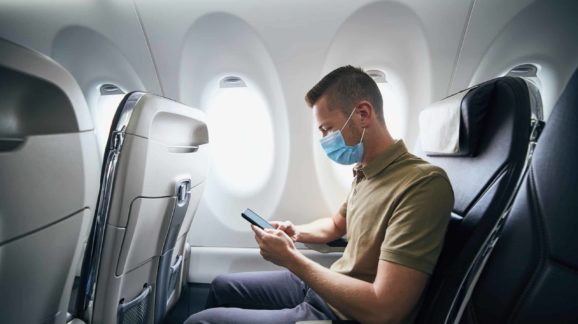CDC’s Silly Stalling on Flight Masks
The Transportation Security Administration, following the recommendation of the Centers for Disease Control and Prevention, will extend its mask mandate for airplanes through mid-April. Once again, the CDC is behind the curve.
The TSA announcement comes as virtually all states and major cities have dropped their indoor mask mandates in response to plunging numbers of COVID-19 cases, hospitalizations and deaths. It also comes a week after the CDC eased its mask guidance for communities which overnight reduced recommendations for indoor masking from roughly 95 percent to about 37 percent of US counties. The numbers have only improved since — CDC’s latest update shows that 98 percent of Americans who live in 94 percent of US counties need not mask.
CDC’s guidelines moved from measuring community transmission to measuring community levels of disease — how much strain the virus is placing on a community’s health-care system as indicated by new COVID hospitalizations, the share of hospital beds occupied by patients admitted for COVID and new COVID cases. The new guidelines recognized that with the predominant, highly contagious but generally mild, Omicron variant, measuring transmission became much less important.
When asked why airports and airlines should maintain mask mandates even if the cities in which they’re located have abandoned them, White House press secretary Jen Psaki answered that air travelers aren’t “static.” People traveling from a high COVID-19 zone could arrive at low-level COVID-19 areas, still posing a transmission risk. That sounds like an argument for banning travel rather than a justification for masks on planes.
The rationale in the new CDC guidelines for recommending masks in the minority of communities that are classified as medium or high level was to alleviate the strain on medical resources in those communities, not limit the spread to other communities. Even if the new rating guidelines roughly correlate with transmission risk, that would, at most, suggest prescribing mask wearing for people on flights originating in cities with medium or high levels instead of maintaining them for all flights — which, as noted above, is a very small group of communities.
Read the full article at New York Post.
